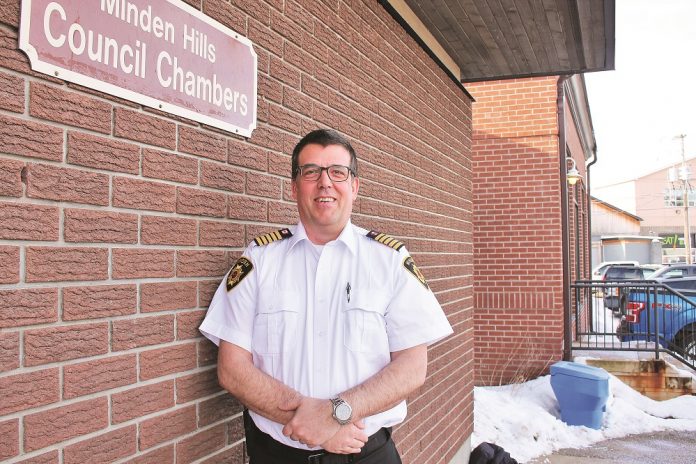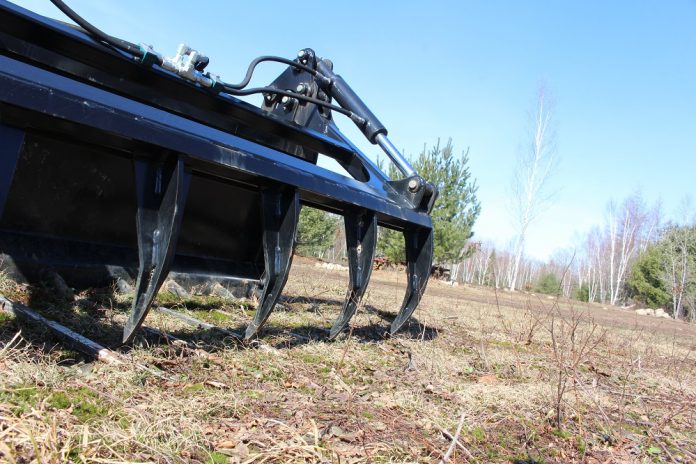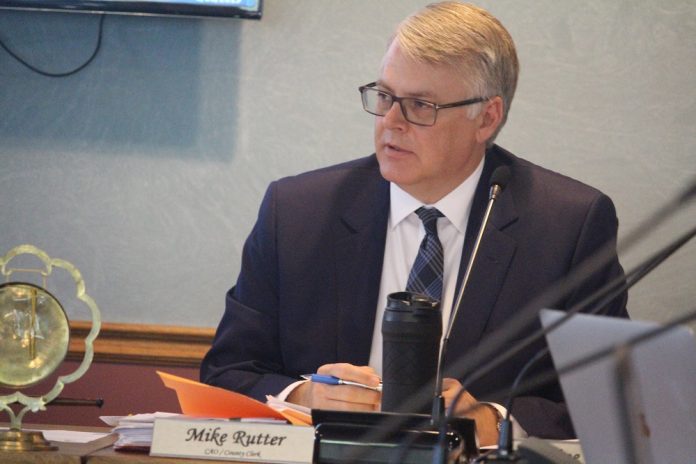A few months ago, in response to overwhelming evidence that the earth is being smothered in plastic, Sobeys announced that, this month, they will begin using only paper grocery bags in pilot stores. In response, Loblaws immediately informed the public they would continue selling plastic bags. Some corporations have no conscience.
We would like to honour our small businesses for their conscience and contributions to helping reduce single use plastics in Minden.
Up River Trading Co. has always put purchases in paper bags. They now have fully compostable coffee cups. They no longer sell bottled water, but they do sell a variety of reusable items such as bees wax food wrap, stainless steel straws (paper ones as well) and a wide variety of stainless steel drink containers.
Unique Floral Designs uses brown paper wrapping, paper shopping bags and some recycled ribbon.
Coneybeare’s still uses butcher paper and string for wrapping meat.
Organic Times sells locallymade cloth bags and now has a large line of eco-friendly products. Paper bags are available for bin products as well as funnels for those who wish to bring their own containers. Purchases are placed in paper or biodegradable plastic bags.
Minden River Cone uses paper takeout containers. Molly’s Bistro provides cardboard containers for take-home baking and paper sandwich bags. Straws are only given when requested.
Graham’s Farm Market sells eggs in paper cartons and customers bring their own bags for produce at their home stand. V&S sells metal straws and stainless steel containers.
Mark’s Restaurant uses foil containers with paper or styrofoam lids and cardboard boxes for take-out, which is placed in paper bags.
Nourished sells much of its vegan and vegetarian fare in glass jars. They use biodegradable cellulose containers but encourage patrons to bring their own. They feel it is challenging for small businesses to offer environmentallyfriendly options because of the limitations placed on them by the health unit and government.
The Dominion Hotel uses paper napkins made from recycled material, has recyclable drink cups and paper bags for take-out orders. Compostable straws will be provided on request.
Boshkung Brewing/Rhubarb use fully compostable containers for their take-aways. Thanks to EAT! for the many sustainable products they sold.
Ommmh Boutique is now in the building and there could possibly be a limited amount of food in the future as well as fillyour-own, shampoo etc.
Foodland now sells mesh produce bags.
The municipality does not provide bottled water in its facility. Office staff, council etc. use tap water (some use the Brita) but there is no plastic. It is important for governments at all levels to set an example and for all of us to do our part, as well.
Enjoy your paper bags from Foodland when they arrive but when you shop at Valumart, please bring your own bag. Don’t feed Loblaws’ corporate greed by helping them make millions of dollars a year polluting our planet.









